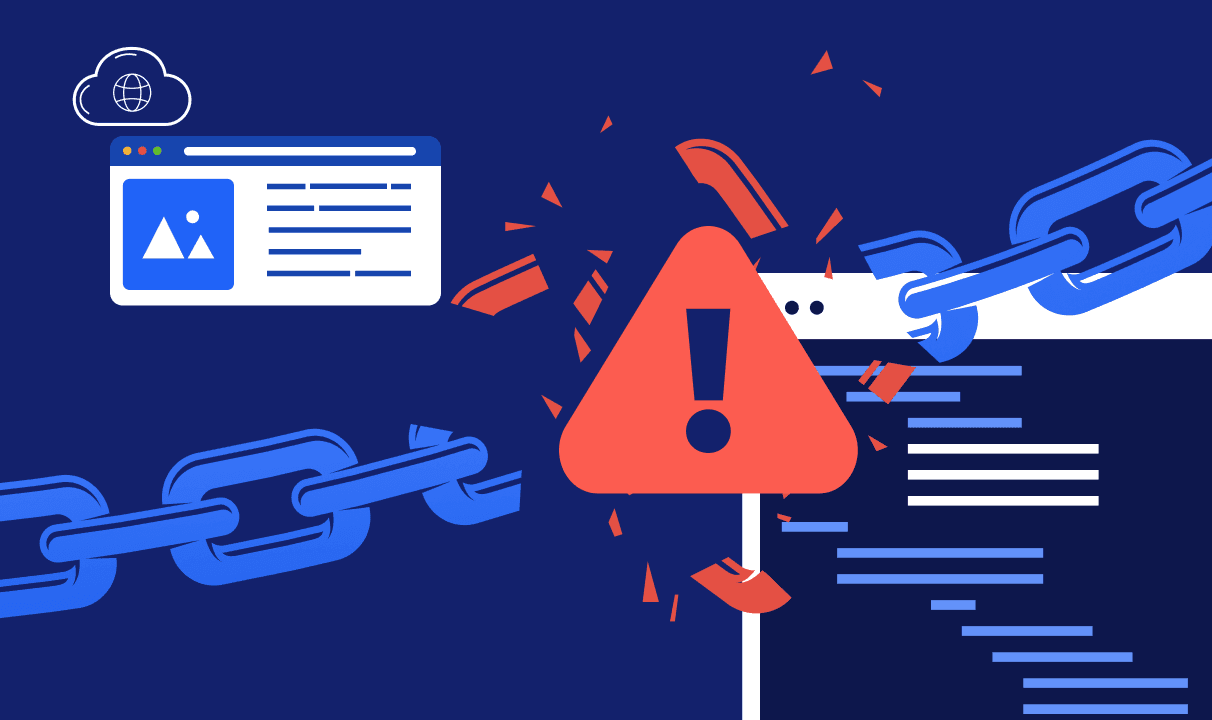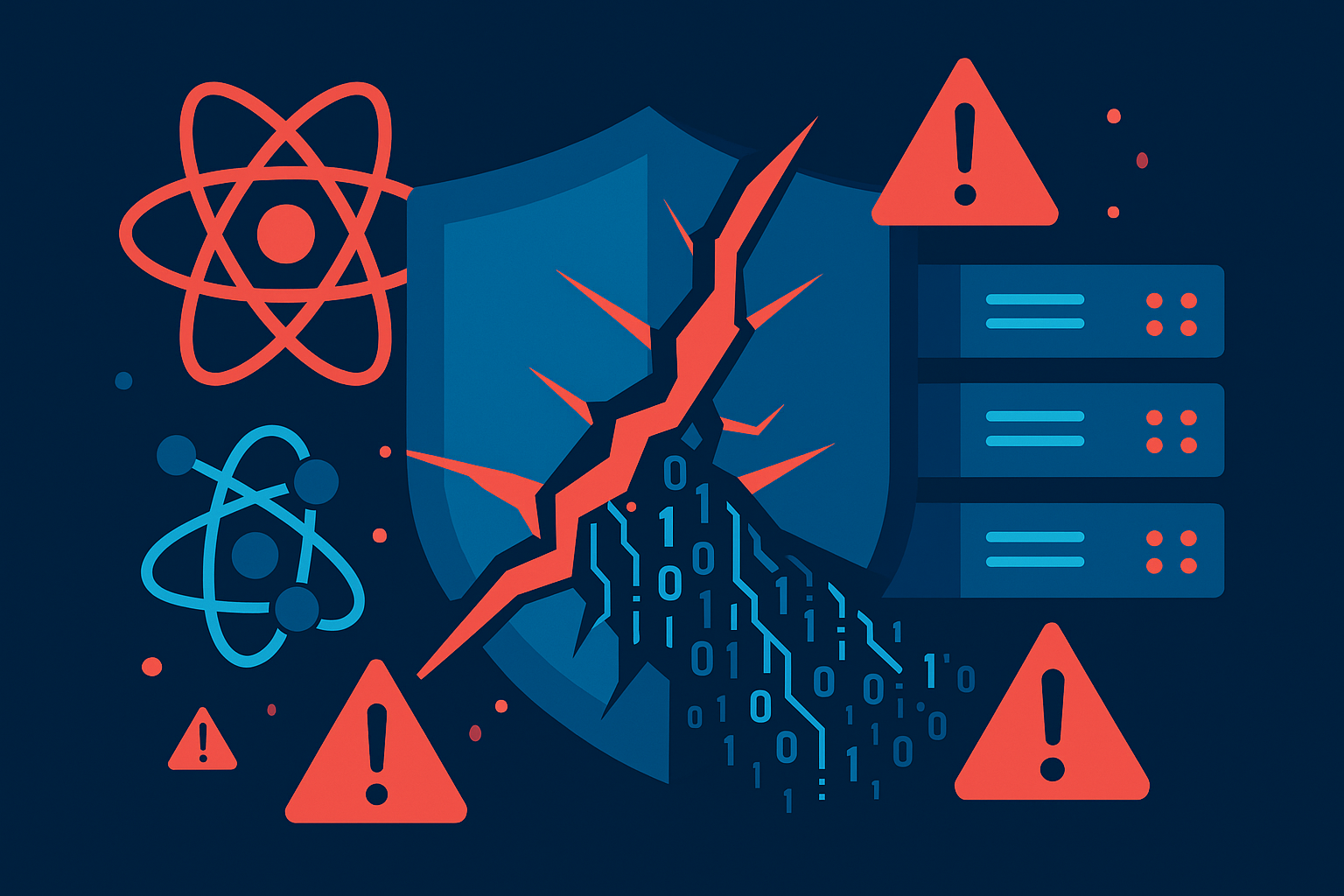Understanding Supply Chain Attacks in Today’s Web Ecosystem – Lessons from the XML-RPC npm Incident

Understanding Supply Chain Attacks in Today’s Web Ecosystem – Lessons from the XML-RPC npm Incident
Ensuring the security of applications and websites requires constant vigilance, not just at the final deployment stage but throughout every link in the software supply chain. Recent incidents, such as the compromise of the @0xengine/xmlrpc npm library, highlight the growing sophistication and persistence of cybercriminals targeting these supply chains.
What are Supply Chain Attacks?
At their core, supply chain attacks occur when threat actors infiltrate the software development pipeline—either by injecting malicious code into widely used libraries, compromising build systems, or tampering with trusted third-party services. By subverting a dependency that developers inherently trust, attackers gain a foothold into countless downstream systems without having to breach them individually. This can yield massive ripple effects, impacting organizations of all sizes.
In today’s interconnected environment, developers rely heavily on open-source components to build, maintain, and scale applications efficiently. While this approach accelerates innovation, it also introduces potential risks. A single compromised library or plugin can trickle down into thousands of applications, infecting the entire ecosystem.
The XML-RPC npm Library Compromise
A recent and highly instructive example involves the npm package @0xengine/xmlrpc. Initially published in October 2023 as a seemingly harmless JavaScript-based XML-RPC server and client tool for Node.js, it quickly gained a measure of trust, amassing nearly 1,800 downloads to date. Just one day after its initial release, the malicious actor introduced hidden, harmful code in version 1.3.4.
Key Malicious Activities:
-
Data Exfiltration: The compromised code collected sensitive system information, including SSH keys, bash history, environment variables, and system metadata. Every 12 hours, this stolen data was exfiltrated to external services such as Dropbox and file.io, providing attackers with a continuous stream of valuable intelligence.
-
Cryptocurrency Mining: After establishing a foothold, the malware deployed the XMRig cryptocurrency miner on infected systems. At least 68 compromised hosts were quietly generating profit for the attacker. To remain stealthy, the code closely monitored system processes. If a user ran common system monitoring commands (
top,iostat, etc.), it would pause mining operations to avoid detection. -
Persistence and Evasion: By leveraging systemd services, the malware persisted through reboots. Its adaptive behavior—terminating malicious processes when suspicious activity was detected—underscored the attacker’s focus on evading security controls and manual inspections.
Distributing the Attack Through Multiple Vectors
A critical lesson from this case is how attackers found multiple ways to propagate their code:
- Direct Installation: Users who explicitly installed the
@0xengine/xmlrpcpackage became immediate victims. - Hidden Dependency: The attackers also infiltrated a GitHub project named “yawpp” (Yet Another WordPress Poster). By listing the malicious npm package as a dependency in
package.json, anyone who cloned and built “yawpp” unwittingly installed the infected library. This subtle approach exploits the chain of trust developers often place in open-source projects and their respective dependencies.
It remains unclear if the “yawpp” developer intentionally introduced the malicious dependency or was themselves a victim. However, this scenario highlights how even well-intentioned developers can inadvertently become vehicles for malware distribution.
Below is a conceptual flowchart representation of a typical software supply chain attack lifecycle. You can use this as a guide when visualizing the process.
┌─────────────────────────┐
│ Identify Popular Target │
│ (Package, Repository, │
│ Developer Tool) │
└───────────┬─────────────┘
│
v
┌─────────────────────────┐
│ Compromise the Source │
│ (Insert Malicious Code, │
│ Create Rogue Package, │
│ Hijack Maintainer Acct) │
└───────────┬─────────────┘
│
v
┌───────────────────────┐
│ Distribute Malicious │
│ Dependency via Registry│
│ (npm, PyPI, Maven, etc.)
└───────────┬───────────┘
│
v
┌───────────────────────┐
│ Users Install or Update│
│ Compromised Component │
│ (Auto-installs, │
│ Dependencies in CI/CD)│
└───────────┬───────────┘
│
v
┌─────────────────────────┐
│ Malicious Code Executes │
│ (Steal Data, Inject │
│ Backdoors, Mine Crypto, │
│ Exfiltrate Secrets) │
└───────────┬─────────────┘
│
v
┌───────────────────────────┐
│ Persistence & Evasion │
│ (Monitor Processes, Hide │
│ Activity, Adapt to │
│ Detection Attempts) │
└───────────┬───────────────┘
│
v
┌───────────────────────┐
│ Detection & Response │
│ (Security Tools, │
│ Package Removal, │
│ Incident Response) │
└───────────────────────┘Explanation of Stages:
-
Identify Popular Target:
Attackers choose well-known packages or development tools with a large user base. -
Compromise the Source:
By infiltrating a developer’s account, exploiting vulnerabilities in build systems, or creating a malicious fork, attackers embed harmful code into the supply chain. -
Distribute Malicious Dependency:
The compromised code is published to a package registry, often masquerading as a routine update or a legitimate-sounding new package. -
User Installation:
Developers and automated CI/CD pipelines unknowingly install the tainted component as part of normal updates or by pulling in new dependencies. -
Malicious Code Execution:
Once inside user environments, malicious code can steal data, open backdoors, or run cryptominers. -
Persistence & Evasion:
Attackers implement techniques to remain undetected and adapt to security measures, prolonging their presence. -
Detection & Response:
Security teams discover the issue, remove the malicious packages, rotate credentials, and harden defenses to prevent future attacks.
This flowchart illustrates how a single compromise in the software supply chain can ripple out to numerous end-users, impacting security and trust in widely adopted software components.
The Role of AI in Amplifying Supply Chain Risks
The rise of AI-driven development tools can inadvertently lower the barrier to entry for malicious actors. As generative AI models advance, they enable rapid creation, maintenance, and incremental updates to software packages, making it easier for attackers to produce and refine malicious libraries. Some key ways that AI can amplify supply chain vulnerabilities include:
-
Automated Code Generation:
Malicious developers can leverage AI to quickly generate initial codebases that appear genuine, bypassing some initial security red flags. Over time, threat actors can rely on these models to refine their code, ensuring that the malicious payload remains obfuscated and hard to detect. -
Incremental, Credible Updates:
Traditionally, threat actors might struggle to produce realistic version updates and commit logs. With AI, attackers can mimic legitimate development patterns—introducing minor features, improving documentation, and squashing trivial bugs over weeks or months. This steady “normal” activity can lull security teams and developers into a false sense of trust before malicious code is ultimately introduced. -
Scaling Attacks Across Ecosystems:
Just as benign developers use AI to rapidly bootstrap projects in multiple programming languages, attackers can do the same. They can generate malicious packages for Python’s PyPI, Node.js’s npm, and other ecosystems simultaneously. This flood of multi-platform threats overwhelms manual review processes and, if undetected, dramatically increases the scale of the compromise. -
Adaptive Evasion Techniques:
AI models can help attackers continuously learn from detection events. Every time a malicious package is flagged, threat actors can adjust their code to avoid future detection, refining their obfuscation techniques and persistence strategies with a level of speed and sophistication previously hard to achieve.
As AI democratizes software creation, it also democratizes the ability to produce and maintain malicious libraries. This dynamic calls for an even stronger focus on supply chain security, emphasizing continuous scanning, robust vetting processes, and advanced anomaly detection that stays a step ahead of evolving AI-assisted threats.
Continuous Vigilance is Key
The @0xengine/xmlrpc case is not isolated. Other recent campaigns target both npm and Python’s PyPI repositories, employing fake packages and typosquatting techniques. These threats often target specific communities, such as Roblox developers, to ensure a steady stream of victims.
The underlying message is clear: Even libraries with a track record of reliable updates and maintenance can turn malicious. Attackers increasingly use “gradual infiltration”—initially uploading benign code, waiting for community adoption and trust to build, and then slipping in malicious modifications at a later date.
How to Protect Yourself and Your Organization
1. Implement Rigorous Supply Chain Security Measures:
Tools and platforms that proactively scan dependencies—such as those employed by companies like Fruition—are critical. By continuously monitoring for unusual patterns or known malicious code signatures, these scanning solutions help identify problems before they reach production.
2. Lock Dependencies and Use Verified Registries:
Ensure you are pinning exact versions of dependencies rather than relying on semver ranges that automatically pull updates. Additionally, consider using curated registries or tools that only approve dependencies that have been thoroughly vetted.
3. Regular Code Reviews and Dependency Audits:
Perform frequent reviews of your project’s package.json or requirements.txt files. Remove unused or suspect dependencies. Keep a close eye on changelogs, commit histories, and package maintainers’ reputations.
4. Limit Sensitive Data Exposure:
Even if an attacker compromises a dependency, proper secrets management (such as using encrypted storage or isolated environment variables) can limit what the malicious code can exfiltrate.
5. Train Your Team:
Your developers and DevOps engineers should be aware of supply chain risks. Encourage them to be skeptical, verify authenticity, and promptly report suspicious behavior.
Supply Chain Attacks are Going to Increase, Stay Alert
Supply chain attacks like the recent @0xengine/xmlrpc npm compromise underscore a fundamental truth: as we accelerate software development through open-source collaboration, we must also invest in robust security measures. From automated scanning solutions to rigorous auditing practices, maintaining a trustworthy supply chain demands constant vigilance.
At Fruition, we understand the complexity of these threats and work diligently to help enterprise-level WordPress clients stay ahead of malicious actors. By proactively scanning dependencies, validating sources, and implementing industry-leading security best practices, we help clients navigate the modern threat landscape securely.
Staying safe today means securing not just what you build, but what you build with.




